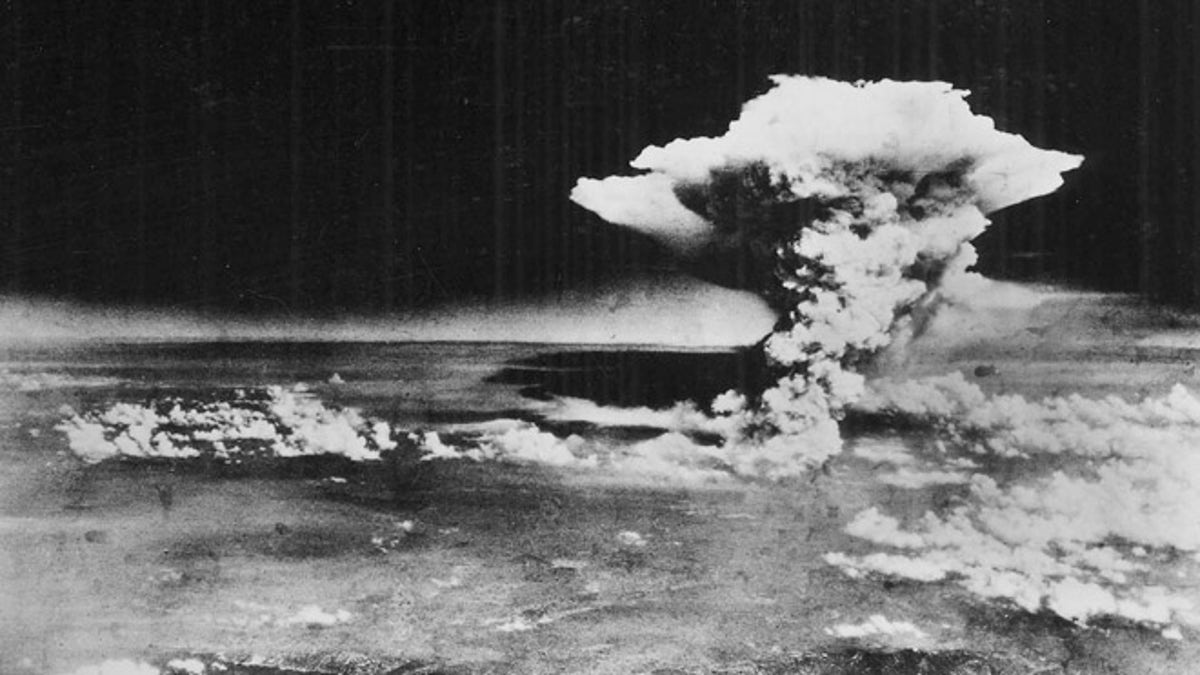
FILE Aug. 6, 1945: Photo released by the U.S. Army, a mushroom cloud billows about one hour after an atomic bomb was detonated above Hiroshima, western Japan. (AP)
The U.S. Air Force nearly detonated an atomic bomb over North Carolina in 1961 that would have been 260 times more powerful than the device that destroyed Hiroshima, according to a declassified report published Friday in The Guardian.
The 1969 document, obtained by investigative journalist Eric Schlosser under the Freedom of Information Act, details the Jan. 23, 1961, B-52 crash near Goldsboro, North Carolina, that saw two Mark 39 hydrogen bombs break up in mid-air.
The report said that one of the two bombs behaved exactly as nuclear weapon is designed to function in wartime and that only a single low-voltage switch prevented detonation. Fallout could have been deposited over Washington, Baltimore, Philadelphia and New York City, according to the report.
Parker Jones, a senior engineer in the Sandia National Laboratories in Albuquerque, N.M., wrote in the report that "one simple, dynamo-technology, low voltage switch stood between the United States and a major catastrophe".
Jones, analyzing a book by physicist Ralph Lapp on the crash, found that the bombs "did not possess adequate safety for the airborne alert role in the B-52" and concluded that the detonation "would have been bad news – in spades."
Three of the eight crew members died in the crash. In July 2012, the state of North Carolina placed a historic marker in the town of Eureka with the words "nuclear mishap," according to the Raleigh News and Observer.
The Guardian reported that Schlosser obtained the document while conducting research for a new book on the nuclear arms race, "Command and Control."
"The US government has consistently tried to withhold information from the American people in order to prevent questions being asked about our nuclear weapons policy," Schlosser told the newspaper. "We were told there was no possibility of these weapons accidentally detonating, yet here's one that very nearly did."

